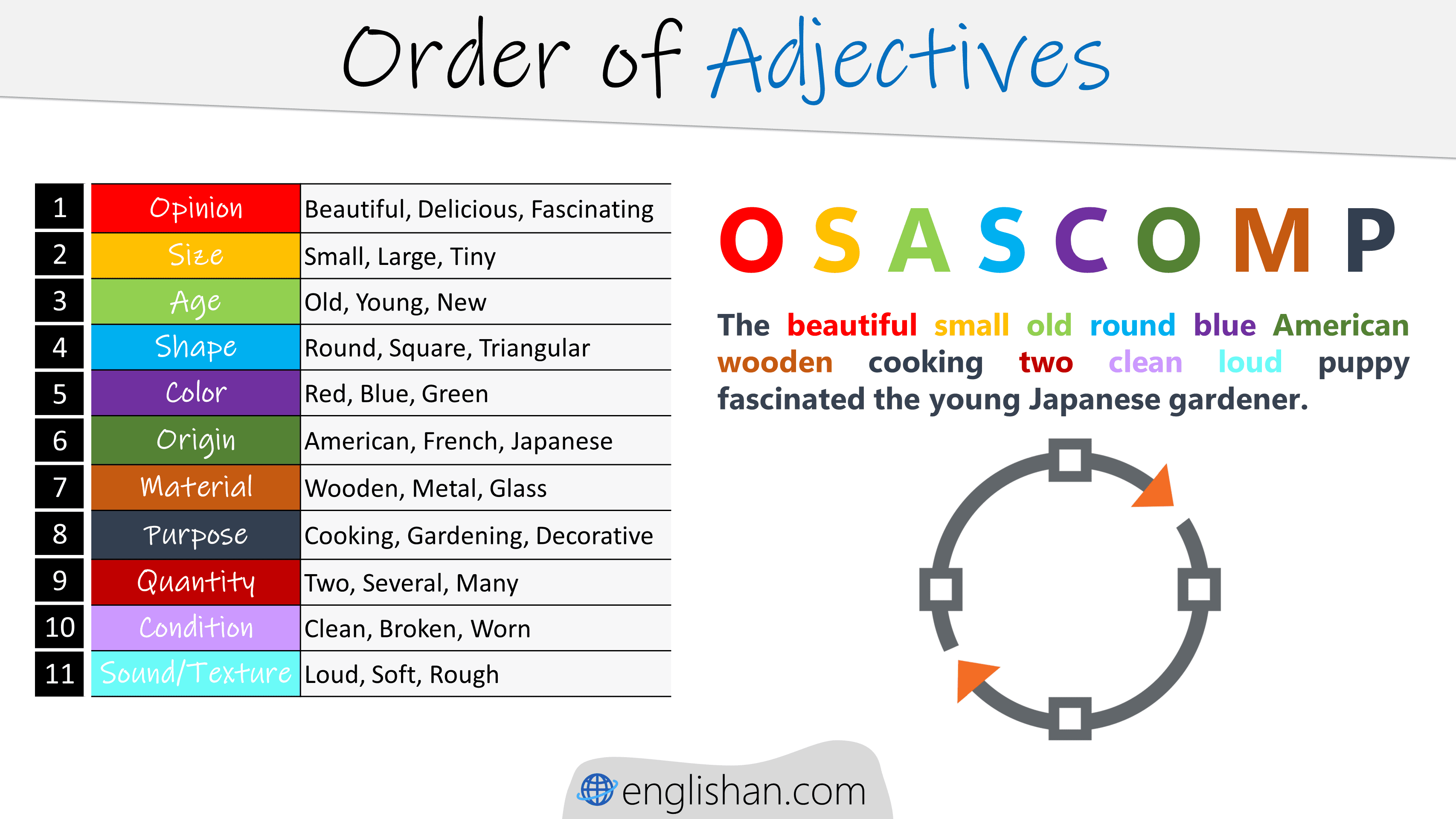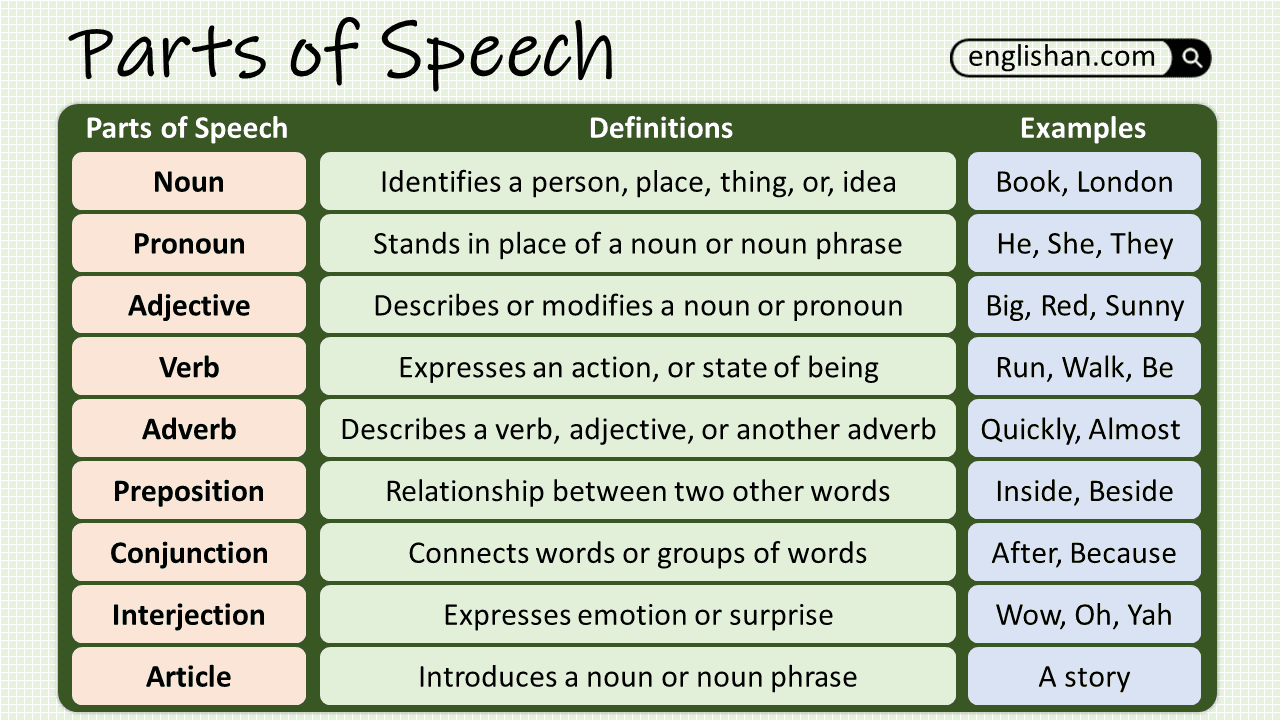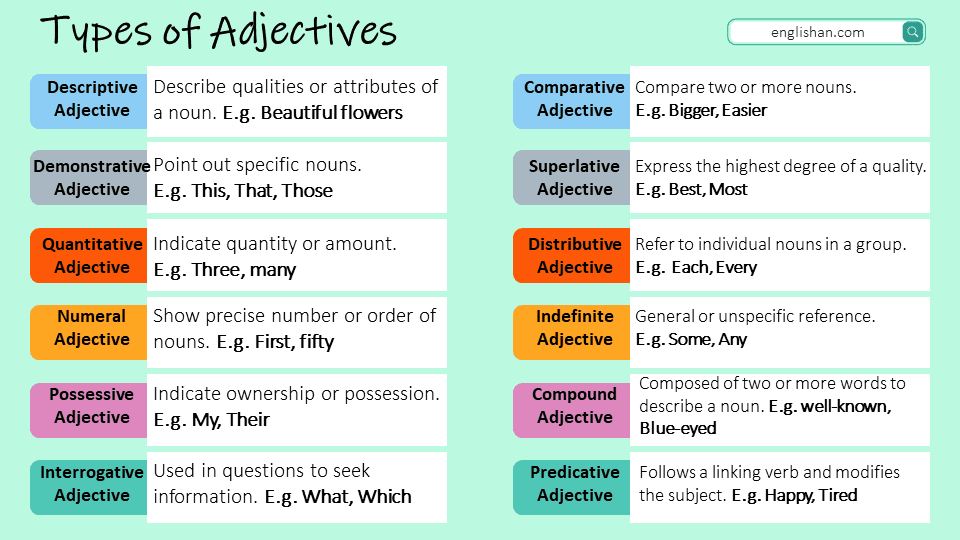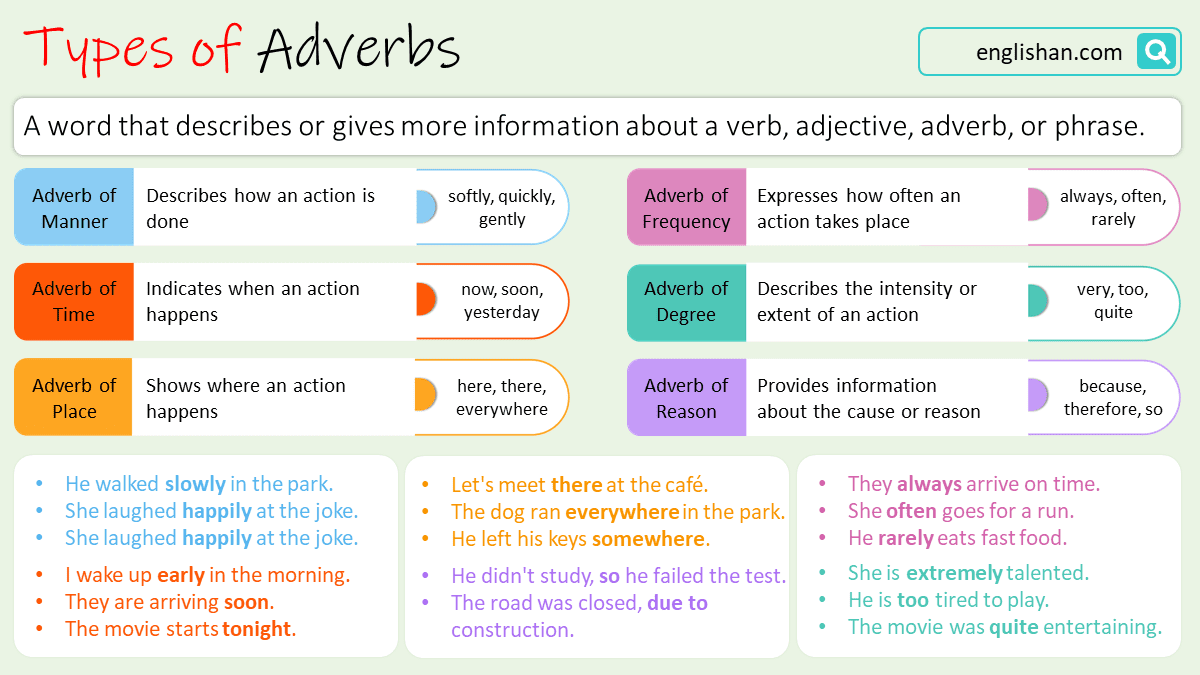Contents
In grammar, a conjunction is a part of speech that links words, phrases, or clauses to form a cohesive sentence. The primary types of conjunctions—coordinating, subordinating, and correlative—each function to establish logical relationships between the elements they connect, thereby enhancing sentence complexity and meaning.
What is a Conjunction?
Conjunctions are words that connect words, phrases, or clauses within a sentence. They help in forming complex and compound sentences by linking related ideas. Examples include “and,” “but,” and “or.”
Example Sentences
- She likes both tea and coffee.
- He’s tall, but she’s short.
- I wanted to go but it was raining.
- He is rich, yet he is unhappy.
- You can have cake or ice cream for dessert.
- She’ll either come or she’ll call.
- I’ll go to the store and buy some groceries.
- I’m tired, so I’m going to bed early.
- He is smart but lazy.
- We can go to the beach if it’s sunny.
List of Conjunctions
| Coordinating | Subordinating | Correlative |
| and | although | either…or |
| or | because | neither…nor |
| but | since | both…and |
| yet | while | not only…but also |
| so | when | |
| for | before | |
| nor | after | |
| if | ||
| unless | ||
| whether | ||
| as | ||
| as if | ||
| as though | ||
| even though | ||
| provided | ||
| so that | ||
| in order that | ||
| than | ||
| once | ||
| now that | ||
| as long as | ||
| so long as | ||
| whether or not | ||
| just as | ||
| even if | ||
| whereas | ||
| in as much as | ||
| given that |
Conjunction Rules
Conjunctions are key in creating coherent sentences. Follow these essential rules to use them effectively:
Joining Words
Connect words or ideas within a sentence seamlessly.
Types of Conjunctions
- Coordinating: Joins similar elements.
- Subordinating: Links a dependent clause to an independent clause.
- Correlative: Works in pairs to join elements.
Enhance sentence clarity by showing the relationship between different parts.
Proper Comma Usage
Use a comma before a conjunction when joining two independent clauses.
Maintain Balance
Keep parallel structure when listing items to ensure balance.
Avoid Confusion
Don’t use a comma alone to join sentences. Use a conjunction or a semicolon.
Select the Right Connector
Choose the appropriate word for the relationship you’re expressing:
- Addition: and, also
- Contrast: but, yet
- Cause and Effect: because, so
Types of Conjunction
Coordinating Conjunctions
They join words, phrases, or independent clauses of equal importance. The common coordinating conjunctions are:
- For
- And
- Nor
- But
- Or
- Yet
- So

Subordinating Conjunctions
They introduce dependent clauses, which cannot stand alone as complete sentences. They indicate the relationship between the dependent clause and the independent clause. Examples include:
- After
- Although
- Because
- Since
- When
- While
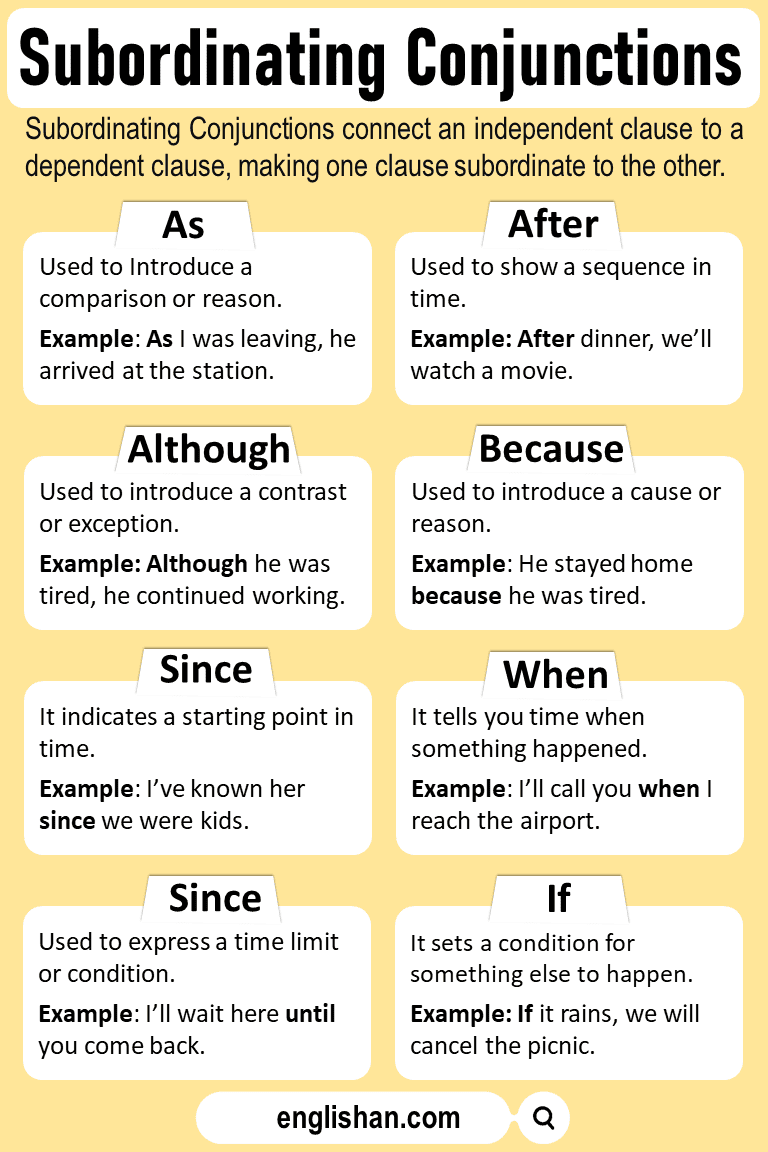
Correlative Conjunctions
These are pairs of conjunctions that work together to join words or groups of words in a sentence. Common ones are:
- Either…or
- Neither…nor
- Both…and
- Not only…but also
- Whether…or
Each type of conjunction serves a specific purpose in connecting elements within sentences to convey meaning effectively.
Use of Conjunction
They play a vital role in connecting various elements within a sentence. Here are the key ways they are used:
Joining Words
They link individual words within a sentence.
Connecting Phrases
Conjunctions connect phrases to create more complex sentence structures.
Combining Clauses
They join independent clauses to form compound sentences or connect dependent clauses to independent clauses.
Expressing Relationships
They convey relationships such as addition, contrast, reason, condition, time, and purpose.
Forming Lists
They are used to connect items in a list.
Overall, They play a vital role in creating coherent and structured sentences by linking various elements and expressing relationships between them.
FAQs:
A conjunction is a word that joins words or sentences.
Examples:
1. And
2. But
3. Or
Example sentences:
1. I like apples and bananas.
2. She is tired but keeps working.
3. Do you want tea or coffee?
Conjunctions connect ideas.
The 7 main conjunctions are:
1. And
2. But
3. Or
4. So
5. Yet
6. For
7. Nor
Examples:
1. I like apples and oranges.
2. She is tired but keeps working.
3. Tea or coffee?
Conjunctions join words or ideas!
Here are 10 examples of conjunctions:
1. And
2. But
3. Or
4. So
5. Yet
6. For
7. Nor
8. Because
9. Although
10. If
Here are 12 examples of conjunctions with sentences:
1. I like tea and coffee.
2. She is smart, but she is shy.
3. Do you want cake or ice cream?
4. He was hungry, so he ate a sandwich.
5. She studied hard, yet she failed the test.
6. I went to bed early, for I was tired.
7. He didn’t call, nor did he send a message.
8. I stayed home because it was raining.
9. Although it was cold, we went outside.
10. You can go if you finish your homework.
11. I will call you when I get home.
12. I won’t go unless you come with me.
These conjunctions help link ideas and actions in sentences.
You May Also Like

